GQ columnist and BBC’s Top Gear editor-at-large Jason Barlow talks to Effect about his book The Atlas of Car Design: The World’s Most Iconic Cars, published by Phaidon
“Beautiful cars will always be appreciated as kinetic sculptures,” says Jason Barlow in his book The Atlas of Car Design, pointing out that the best classic automobiles “already command the sort of values associated with fine and contemporary art.” More than that, “they can break your heart just as readily as any human being,” as he tells Effect when sitting down with us to deconstruct the curiously visceral relationship between people and these extraordinary machines.
Barlow’s survey comes at a critical time in the history of the automobile. “The car faces a reckoning,” he says. “The internal combustion engine has run out of road, and with that perhaps comes the expiration of the automobile as an overwhelming symbol of emancipation, power, and, yes, sex.”
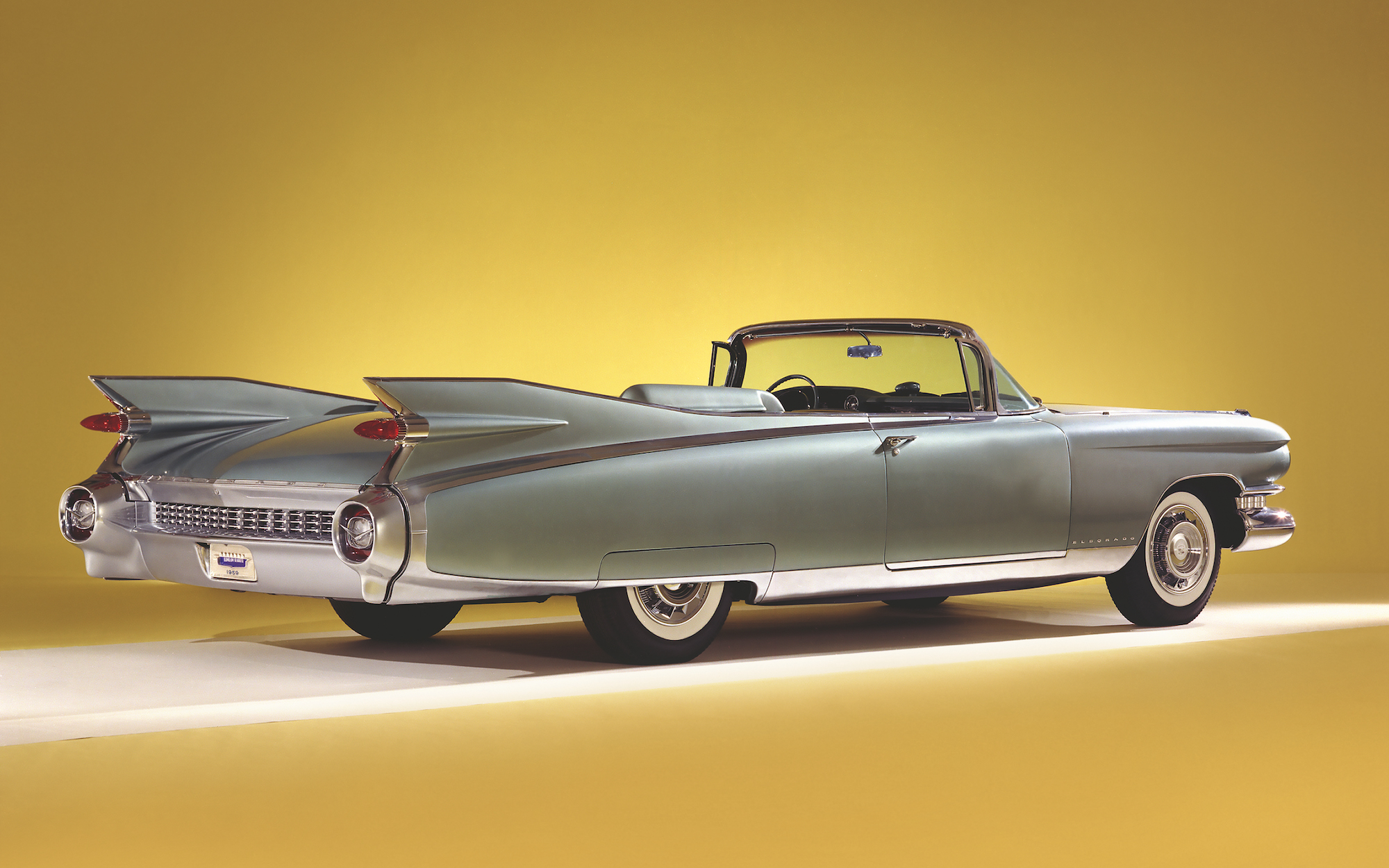
And while an electric future opens the field to newcomers from around the world (not least, China), Barlow suggests the heritage marques have no intention of just rolling over. Mercedes – “generally credited with inventing the car” – is now on a mission to master the electric age: “It intends to leverage its heritage to reinforce the company’s primacy in the luxury ‘space’, which surely says something important about where we’ve been as well as where we’re going. Tesla, the ultimate disruptor, doesn’t have quite the same back catalogue.”
Is the story of the motor car one of German engineers, Italian artisans and American brio?
That would be a little reductive. And there are many examples of German artisanship, Italian brio and American engineering… There are no hard and fast rules. Actually, by choosing to tell this enormous story via geography it illuminates some of the roads less well travelled by automotive historians. However, broadly speaking, yes, the Italian contribution in design terms is incalculable, the German engineering one is mind-blowing, and the American car industry pioneered pretty much everything before losing its way, seemingly forever. But that’s another story.
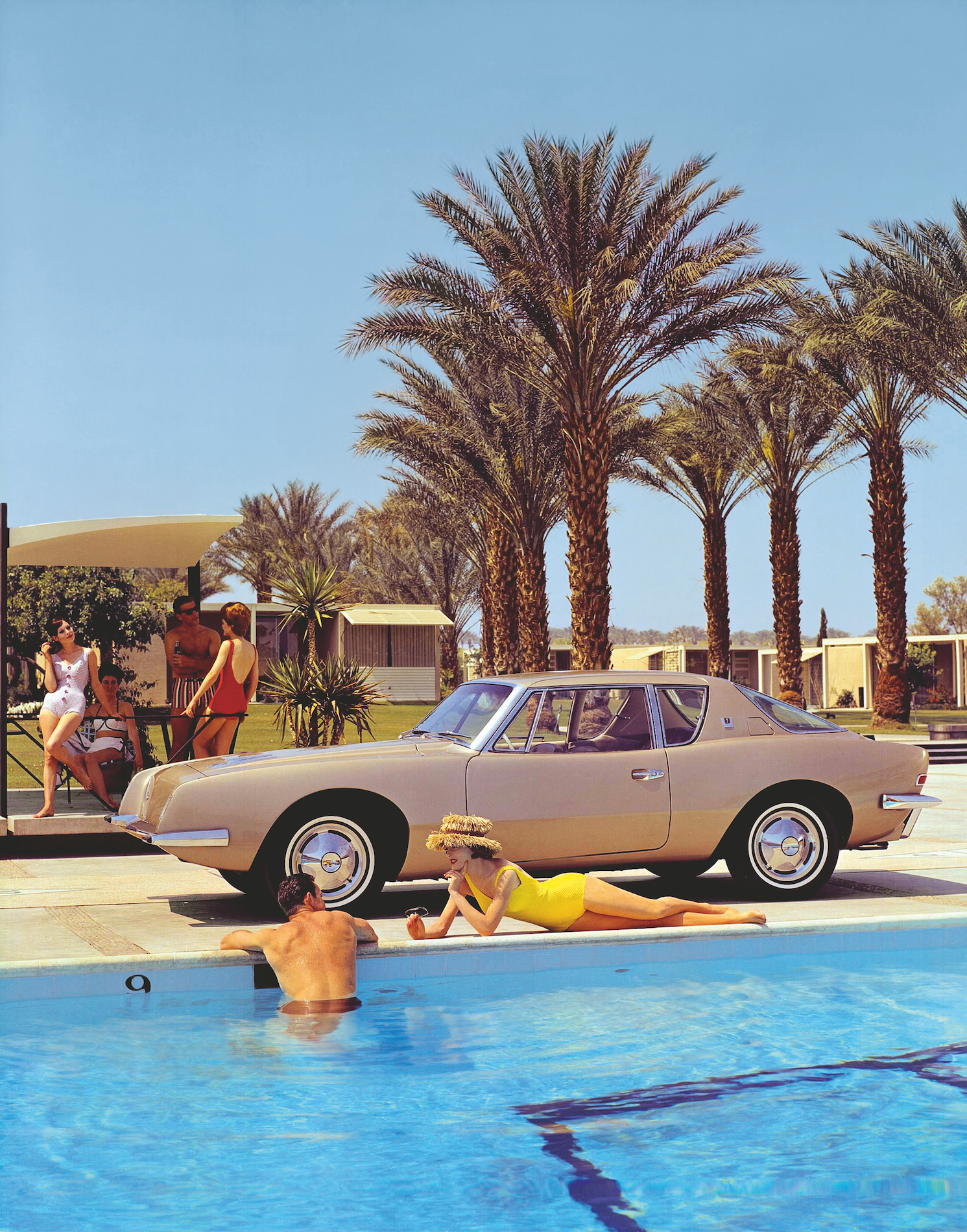
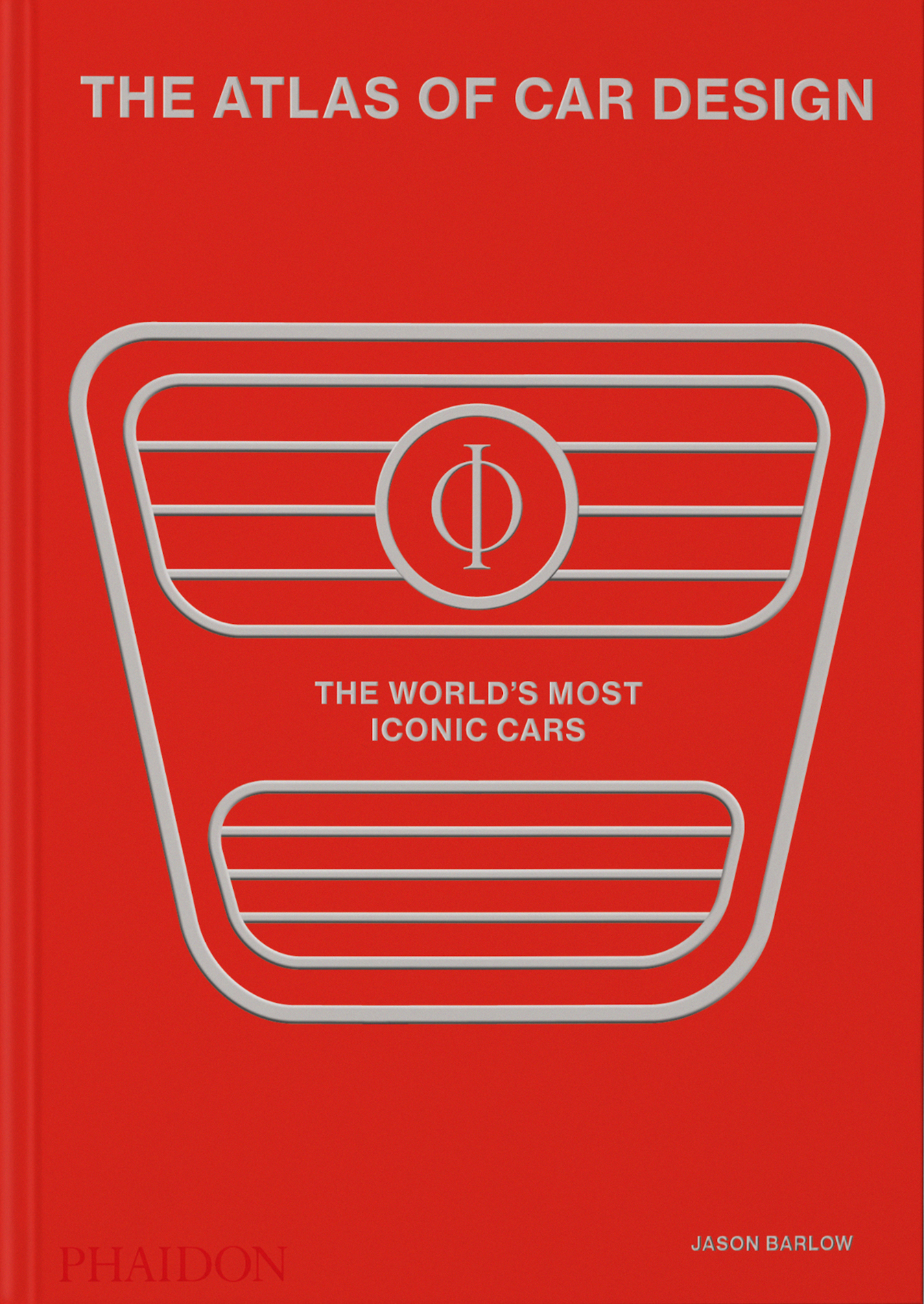
(L): Studebaker Avanti, 1962–1963: original promotional image shot in Palm Springs (Photo: From the Collection of Studebaker National Museum); (R): The Atlas of Car Design
If you had to choose four cars in the book that signpost the evolution of the car from invention to now, what would they be?
Ford Model T (mass-production); Mini (packaging); Jaguar E-Type (desire); Tesla Model 3 (electrification). There are many other examples, but this quartet is highly significant.
Beautiful cars will always be appreciated as kinetic sculptures
Jason Barlow
Furniture design in the 20th century was a story of the tension between form and function. How has this tension in car design played out over the years?
Fitness for purpose is a good basic test of how successful any product is. But I’d say that the Atlas of Car Design is also the story of how form and function have been locked in combat certainly since the 1920s, when design and the notion of style first entered the equation. Giorgetto Giugiaro – perhaps the greatest car designer of all – once told me that he was essentially a ‘problem solver’. The best practitioners are probably those who most adroitly manage to resolve the tension you allude to.
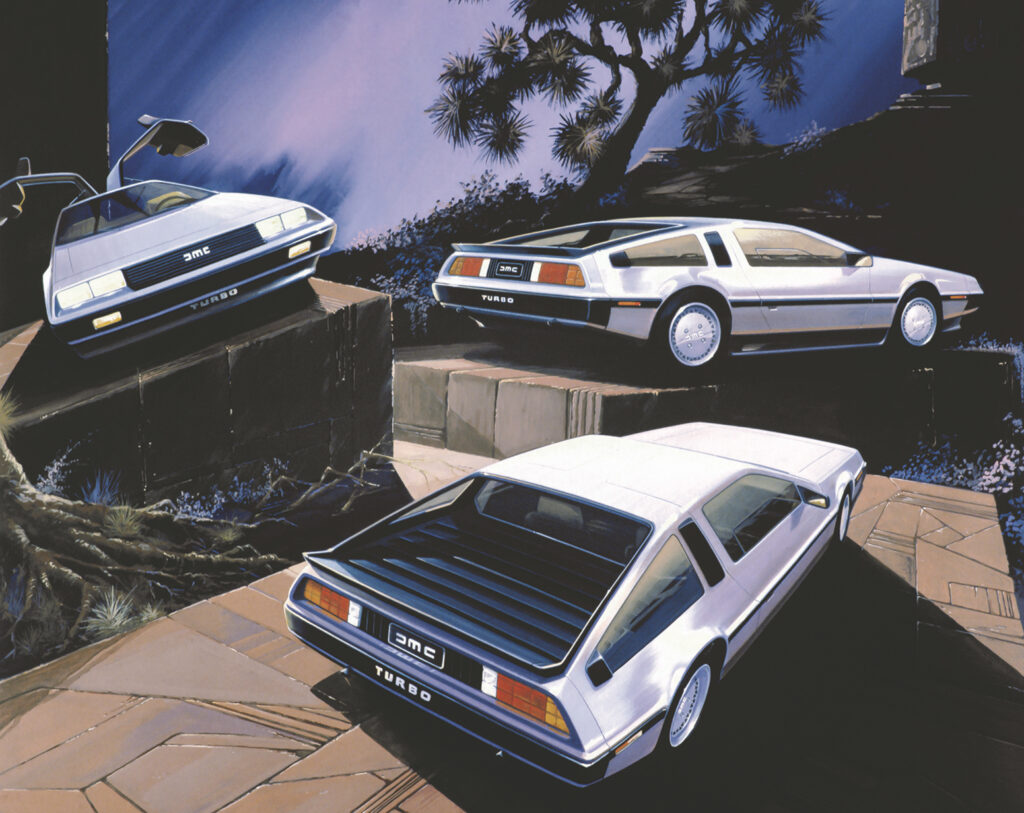
DeLorean DMC-12, 1981 (Photo: General Motors)
In the book, the Cadillac Eldorado is described as ‘an arrogant, overblown ode to excess’ – in a year that legendary General Motors designer Dave Holls described as Cadillac’s ‘year of total excess’. Yet as you also say in the book, it’s impossible not to marvel at it. Will we ever see this kind of chutzpah, excess and ambition in cars again?
Not on that scale. American cars of that era were the products of a one-time-only convergence of socio-cultural, industrial and technological factors. Mind you, one could argue that the Tesla Cybertruck is the latter-day equivalent. There is much to admire there, but also a lot of hubris.
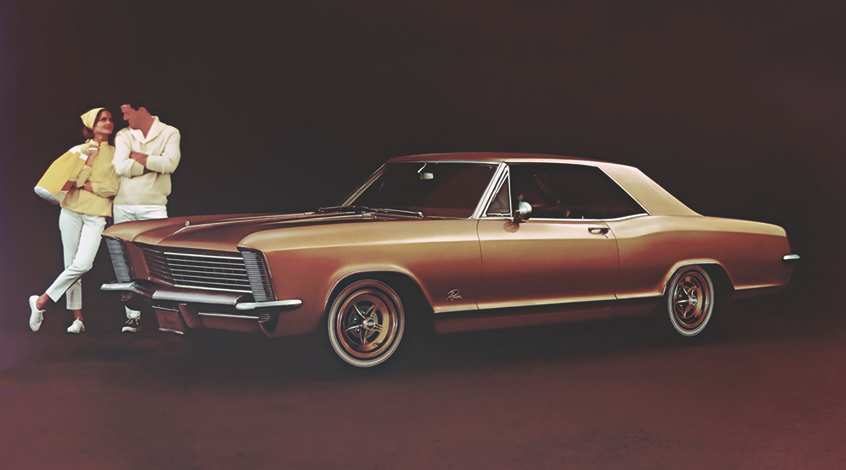

If you could choose a single car from this book, which would it be and why?
The McLaren F1, specifically the original road car from the mid-1990. Only 64 were made. I’m a huge admirer of Gordon Murray, who engineered and conceived it, and Peter Stevens, who designed it. It’s the work of singular talents, and a car done without constraints. It was also a car of many firsts. I’m pleased to say, having spent two days driving one a few years ago, that it remains astonishing to drive. Yes, it’s also hugely valuable now (circa $20m), but let’s put that to one side.
Citroën designer Flaminio Bertoni was “an Italian sculptor and painter with connections to the country’s Futurist movement”. Has the industry become too ‘professionalised’ for this kind of cross-pollination to ever happen again?
There won’t be another Bertoni. But most of the top designers I know are cultured, curious and very knowledgeable about all sorts of things. For example, Flavio Manzoni, Ferrari’s Chief Design Officer, is a concert-level pianist. I’m not privy to car companies’ recruitment policies, but I know that the talent that makes it has its eyes wide open and its senses on high alert. As is only right and proper.
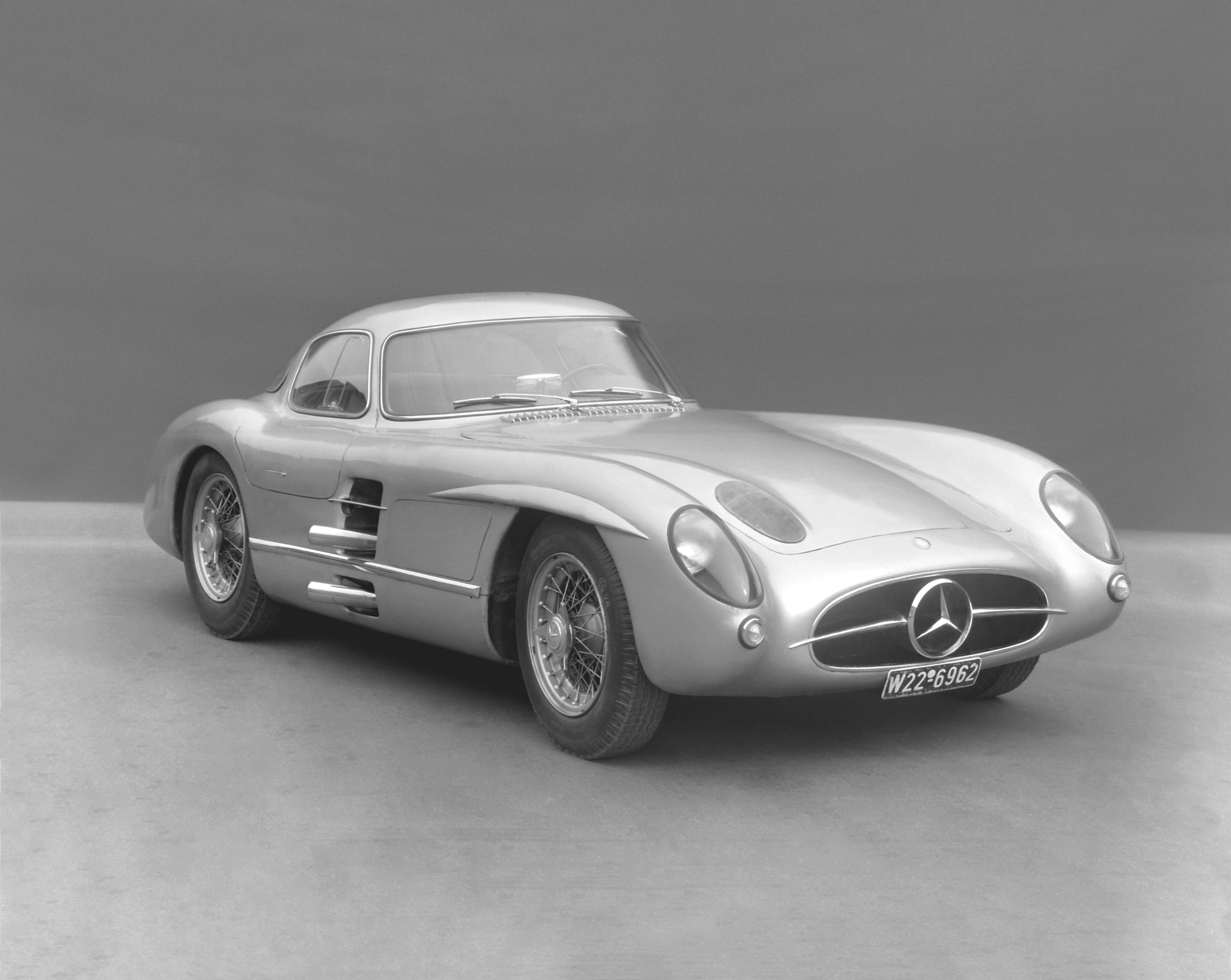
Mercedes-Benz, 300 SLR ‘Uhlenhaut’, 1955 (Photo: Mercedes Benz Classic)
There’s a good quotation in the book by Land Rover’s CCO, where he lays out three vital elements for a successful car, which can be summarised as: 1. Visceral/do I want it? 2. Does it work properly? 3. Have I built the sort of relationship with it that justifies why I bought it? Would you agree with these things, and would you add any?
I remember attending the presentation when Gerry McGovern said this. He’ll be pleased you like it. I think it’s as good a summary of consumer motivation as I’ve heard. I particularly like the relationship aspect. Cars are definitely emotional objects, unlike anything else we might purchase. And they can break your heart just as readily as any human being.
What aspects of the evolution of car design can be mapped to the wider story of product, interior and furniture design in 20th and 21st centuries?
There are too many to list. But for a while, Apple’s chief design officer Jonathan Ive was also the most influential designer in the automotive sphere. Cars were rolling sculpture for a period, and more recently, pieces of art. Now, they’re basically big pieces of software. I’m not sure I approve.

As you say in the book, F. Scott Fitzgerald dreamed as a child of ‘a magnificent Stutz.’ What car did you dream of?
Probably the Lamborghini Countach. I finally met its designer, Marcello Gandini, a few years ago. Along with Giugiaro, he is a true maestro, as important a cultural figure as any Italian Renaissance artist or sculptor. The Countach looked impossible when it was first revealed in 1971, and still looks impossible now.
The Atlas of Car Design: The World’s Most Iconic Cars is published by Phaidon
Read more: Interiors | Vintage I Design | Modernism | Mid-Century | Books


